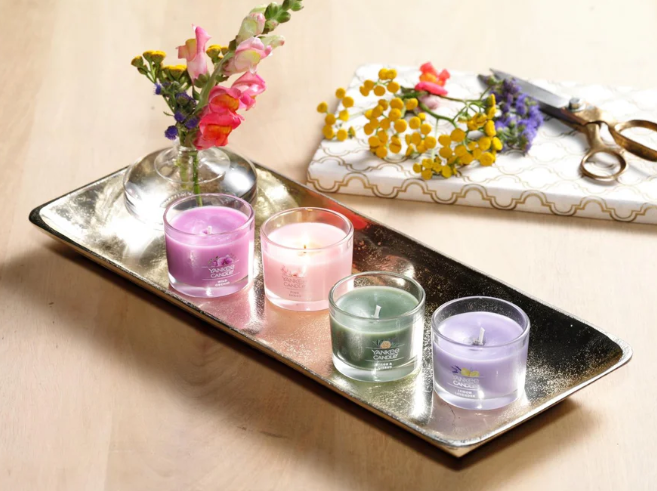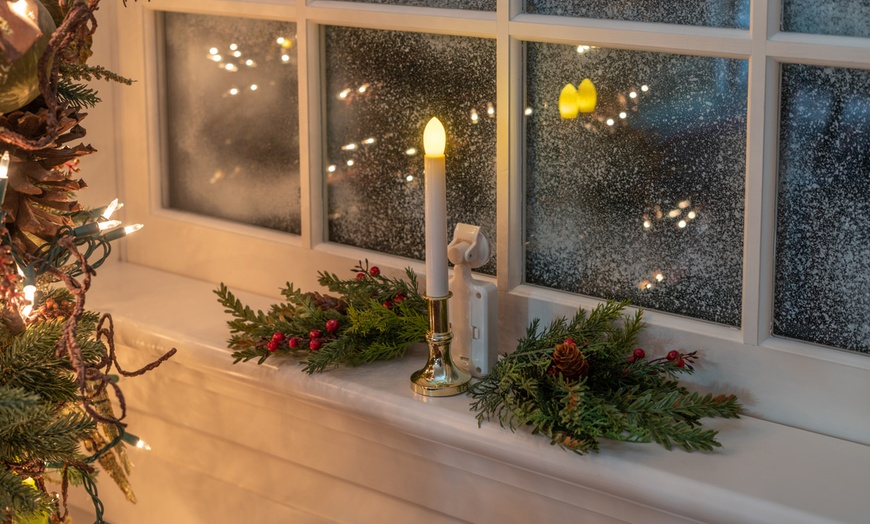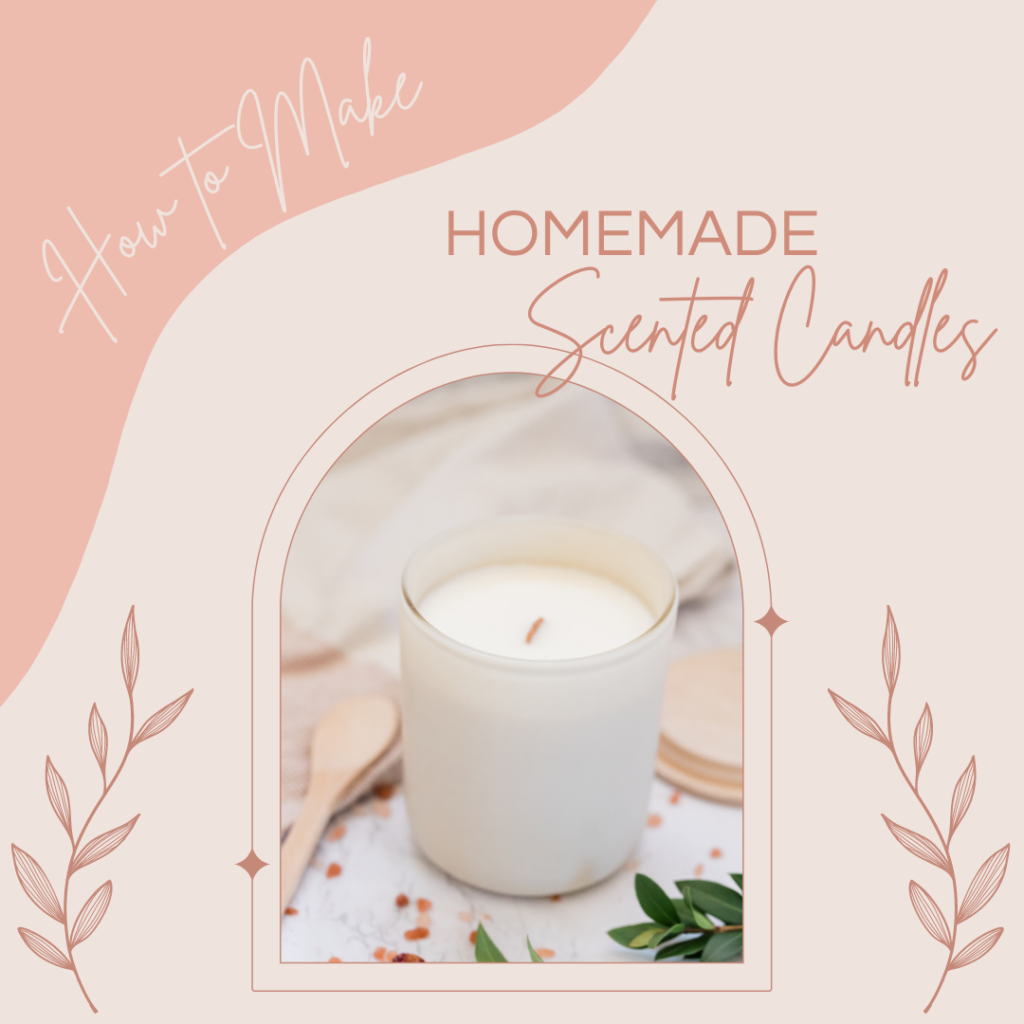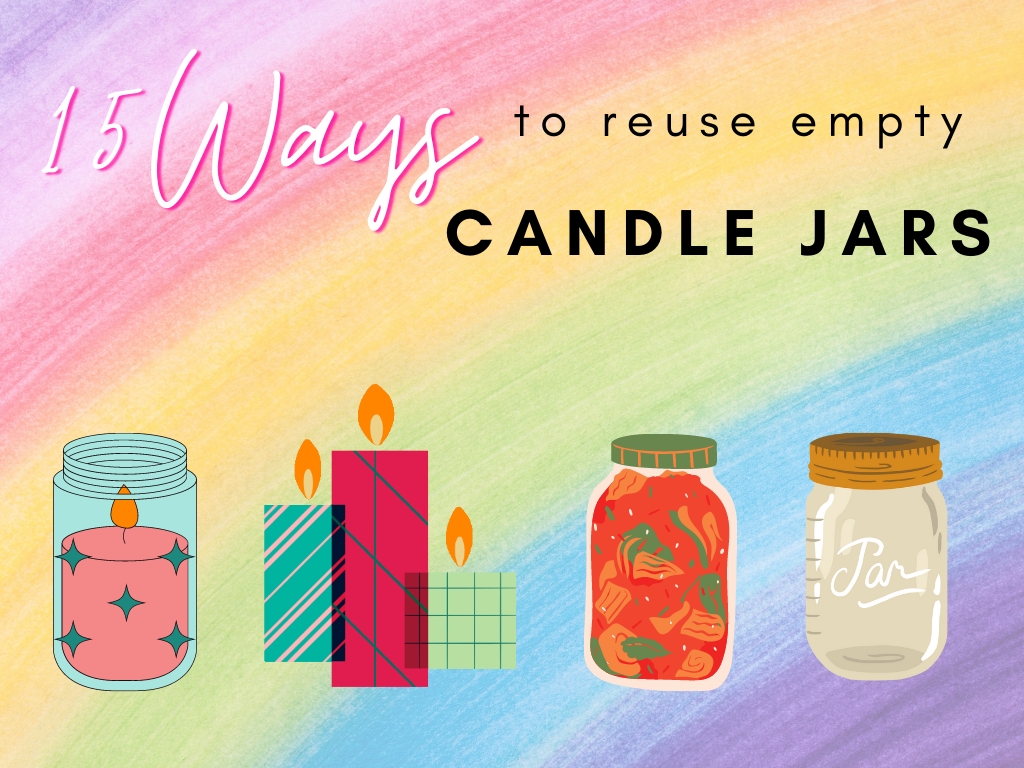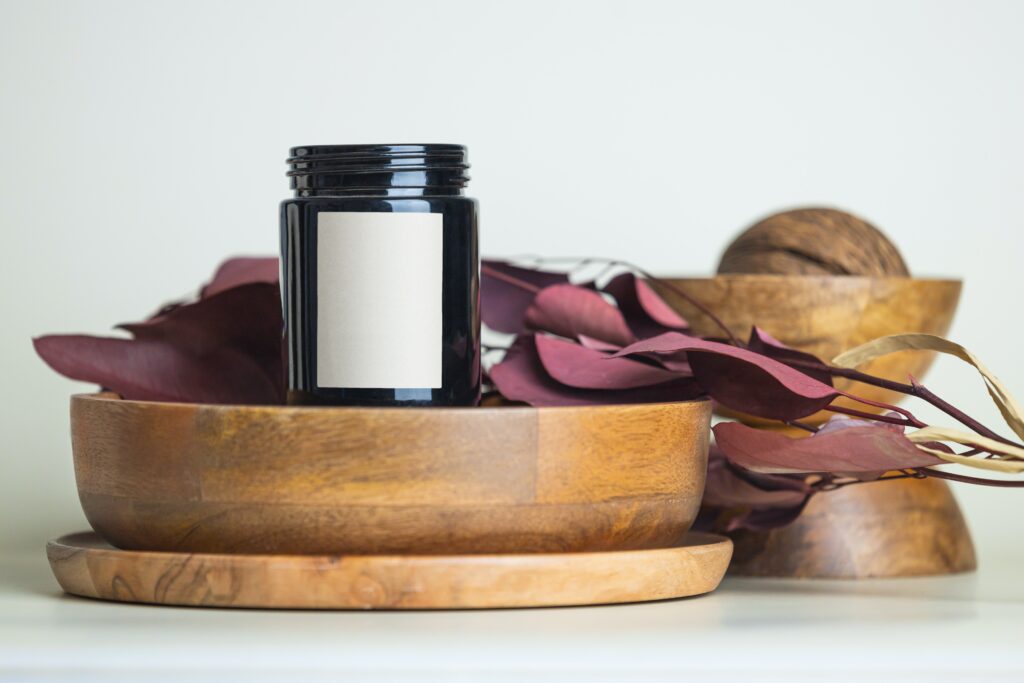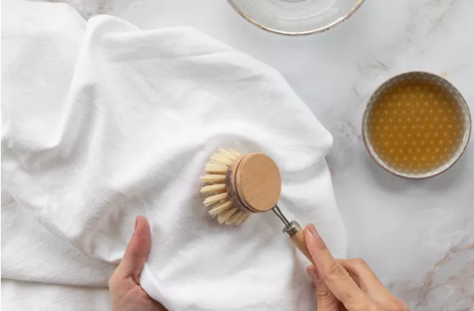Learn How To Make Fragrance Oils In 8 Steps?
Making your fragrance oils for candles is easy, and it saves money. It’s also a great way to make sure you’re using the best quality ingredients in your home. Here are the steps:
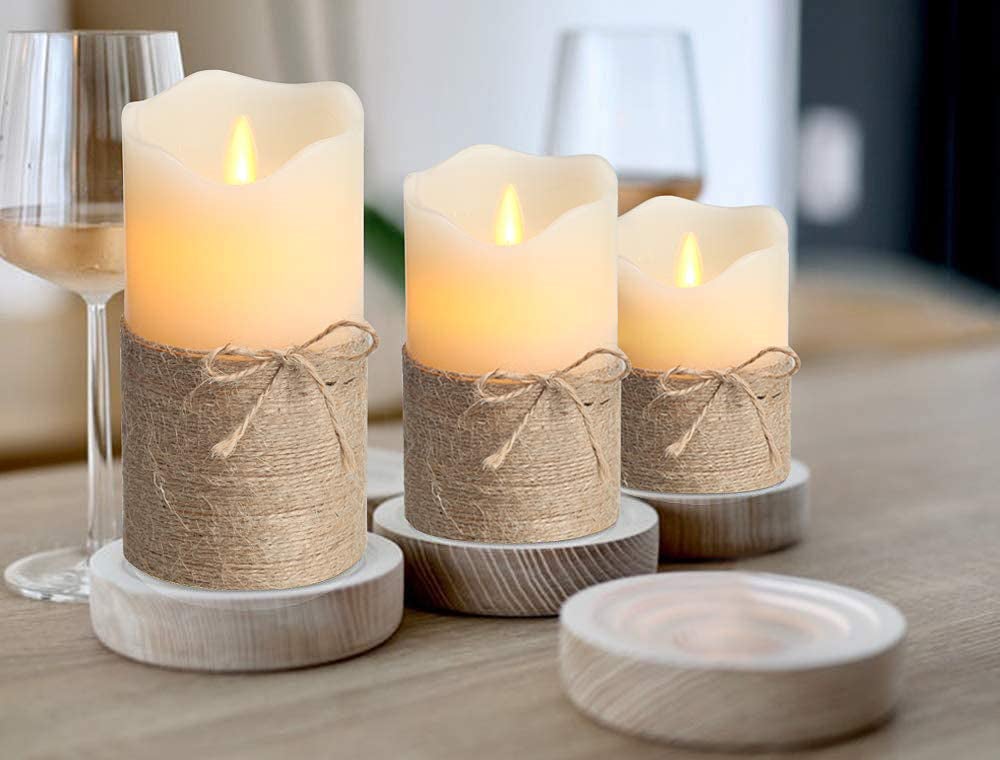
Step1: Gather Supplies
This is the fun part! You can start with any fragrance oils you have in your stash, or you can purchase new ones from a local store. All of my candles were made with liquid fragrances, so I used these for the majority of my projects.
Be sure to wear gloves and eye protection as well as protective clothing (this might be hard if you’re making candles). Also, make sure that the work area is well ventilated by opening windows or fans if necessary!
Step2: Make Sure All Supplies Are Clean
- Make Sure All Supplies Are Clean
Before you begin, make sure all supplies are clean. Use soap and water to remove any dirt or oil that may be on the jar or bottle. If you’re using a candle mold, use rubbing alcohol to clean it thoroughly before filling your candle with fragrance oil.
For other containers like vials or spoons, use vinegar and water as an antibacterial agent until they no longer smell like vinegar (this will take several hours). For example:
- Vinegar + Water = “Washing Soda”
- Lemon Juice + Water = “Lemon Squeeze”
Step3: Measure the Fragrance Oil and Add It to the Bottle
- Start by measuring the fragrance oil and adding it to your bottle.
- Be sure to shake the bottle before adding each ingredient, this makes sure everything is mixed evenly.
Step4: Mix in the Vegetable Oil
Now, you’re ready to mix in the vegetable oil. You’ll need a glass or plastic container, a scale, and a spoon.
Measure out 1 cup (240ml) of vegetable oil and transfer it into your container. Use the same spoon you used for measuring fragrance oil earlier in this step so that everything is uniformed evenly throughout your mixture.
Mix until you have achieved a smooth consistency with no lumps or clumps left in either VOCs or waxes (they can cause discoloration).

Step5: Measure and Add the Dipropylene Glycol
Dipropylene Glycol is a humectant that helps keep the fragrance oil from evaporating. It also makes it easier to work with, so you can avoid any clumps or streaks in your candle.
To measure di propylene glycol, we use a measuring cup and pour the desired amount into our empty containers. We then cap them securely before adding their corresponding amount of fragrance oil (you can use empty bottles). This step is very important because if you don’t do it properly, your candle will have no scent!
Step6: Add the Polysorbate 20
Now that you have your fragrance oil and wax ready, it’s time to add the polysorbate 20. This is a surfactant that helps disperse oils and waxes and keep them from separating.
If you’re using a more natural-based candle recipe like beeswax or soy candles, you can skip this step because there will be plenty of natural surfactants in your recipe already.
However, if you are using paraffin-based waxes (like Soy Wax), adding Polysorbate 20 will help keep them from separating when they melt down into liquid form as well as help with spreading out any other additives such as dyes or colorants!
Step7: Add Liquid Soy Wax
Now that you’ve got your extraction solvent, it’s time to add the liquid soy wax. Soy wax is a natural, renewable resource that’s also sustainable and eco-friendly. Plus, it’s an alternative to paraffin waxes and palm kernel oil (PKO). So why not use it?
There are two ways of applying soy: using a double boiler or mixing with honeycomb at room temperature. The latter method requires less cooling time but requires more stirring than the former method does—so if you’re short on time or patience, go with the first option!
Step8: Store Your Fragrance Oils Properly Until Needed
Once you’ve made your fragrance oil, it’s time to store it. Fragrance oils are sensitive and volatile, meaning that they will degrade if exposed to light or heat for too long. To keep your fragrances stable, store them in a cool place (the shade) and away from strong-smelling materials such as cleaners or perfumes.
You should also seal your container so no air can get inside—this will help ensure that the scent stays strong while keeping out other harmful smells! Be sure not to store any containers with metal lids near wood surfaces like desks or shelves because metal can corrode these surfaces over time
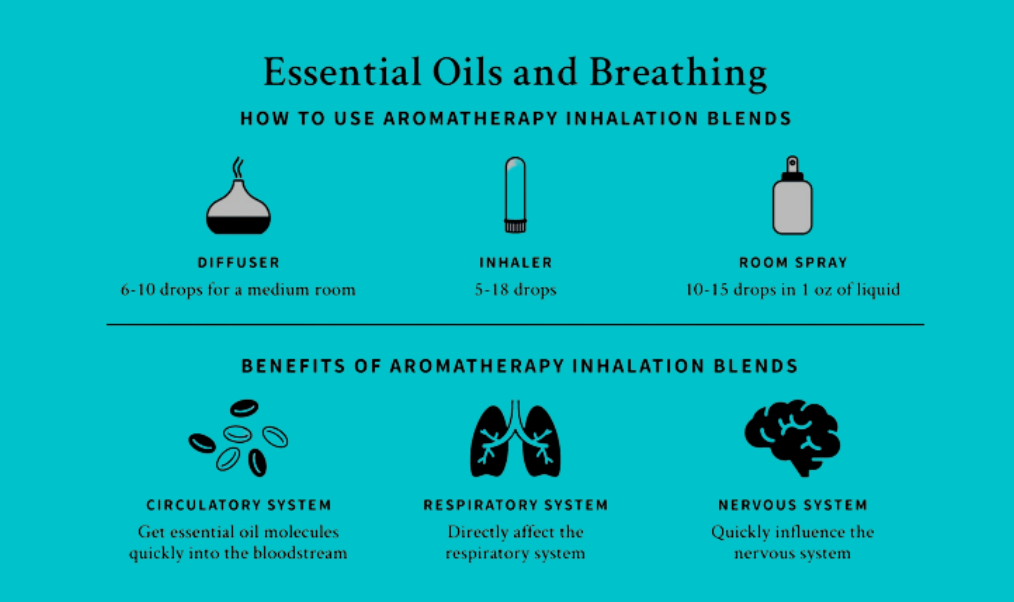
These steps will help you make fragrance oils for candles in your home.
- Make sure you have all of your supplies before you start.
- Clean your equipment before starting, to avoid any unwanted odors or stains on it later on.
- Measure out the ingredients correctly and add them in the right order (for example: if you want an oil that smells like fruit punch, then add lemon juice first).
- Store your fragrance oils properly so they last longer!
| BENEFITS OF FRAGRANCE OILS FOR CANDLES |
| Inexpensive |
| Versatile |
| Soothing |
| A time for romance |
| Variety of aromas: |
| Fragrant: |
Fragrance oils and essential oils are different, but they can be used in similar craft projects.
Fragrance oil is a blend of essential oils that come from plants, while an essential oil is made by extracting the natural compounds in plants. They’re both used in candle making and other projects, but there are some differences you should be aware of:
- Fragrance oils are manufactured and not as concentrated as their natural counterparts. This means that you’ll need more to get good coverage with your project (say, 10% instead of 5%). Also, since they’re being mixed into other substances like waxes or resins, they have less impact on the final product’s scent than pure oils do.
- Because fragrance oils are synthetic products made from natural ingredients—such as petals—they don’t have any negative effects on the environment like those from burning actual flowers would have!
Fragrance oils are manufactured using natural essential oils, aroma compounds, and other ingredients to create a pleasant scent.
Fragrance oils are manufactured using natural essential oils, aroma compounds, and other ingredients to create a pleasant scent. Essential oils are highly concentrated botanicals extracted from plants such as flowers, leaves, and stems.
They have been used in aromatherapy for centuries because of their therapeutic properties that include soothing skin irritation or pain from insect bites or burns; reducing fever and inflammation; eliminating odors from dirty clothes; improving sleep quality for people who suffer from insomnia (insomnia is when you can’t sleep); reducing snoring symptoms associated with obstructive sleep apnea syndrome (OSAS).
Fragrance oils are not required to undergo extensive testing before being sold on the market but they do need to meet certain standards set by law so that consumers can be sure they’re getting what they pay for:
- Certain chemical fragrances may cause cancer if breathed in over time – this includes Vanilla extract which has been shown not only to threaten lung function but also causes liver damage when consumed regularly over long periods; while Cinnamon leaf oil has also been linked with causing lung damage due to its high content.
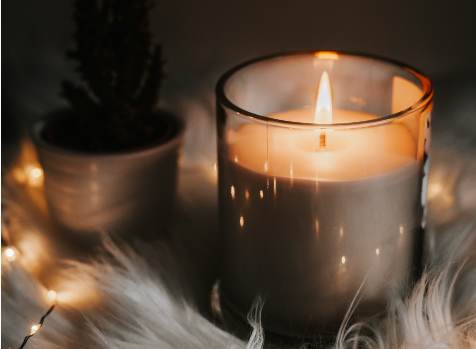
Fragrance oils have a fairly high concentration of flowery scents that can make them overwhelming when used in large amounts.
Fragrance oils have a fairly high concentration of flowery scents that can make them overwhelming when used in large amounts. For example, if you put 10 drops of vanilla bean fragrance oil into your candle and then add another 1 ounce (30 grams) of wax and 7 ounces (200 ml) of paraffin, the result will be an overpowering scent.
To avoid this problem, try using only 1-2 teaspoons per pound (0.5-1 gram) of wax when making candles with fragrance oils. This amount should be enough for about 50 standard-size candles at 3 inches tall by 3 inches wide each—or about 30 pounds total!
If you want to use more than this amount but still keep things manageable, consider putting some CO2 cartridges in your molds so they’ll release their fragrance over time as they cool down during the cooling and hardening phases after pouring out the melted wax mixture onto them.
You can also use less than 1 teaspoon per pound if needed: just remember not too much will affect how long your candles burn exceptionally well once lit up by applying only small amounts instead of larger ones until satisfied with its performance later on down the road after lighting up first time around.”
Conclusion
So, if you want to make your candle fragrances, the steps outlined above are easy. You can do it with only a few tools and supplies. Once you have all your ingredients ready, it just takes a bit of patience while they melt together into one smooth mixture.

